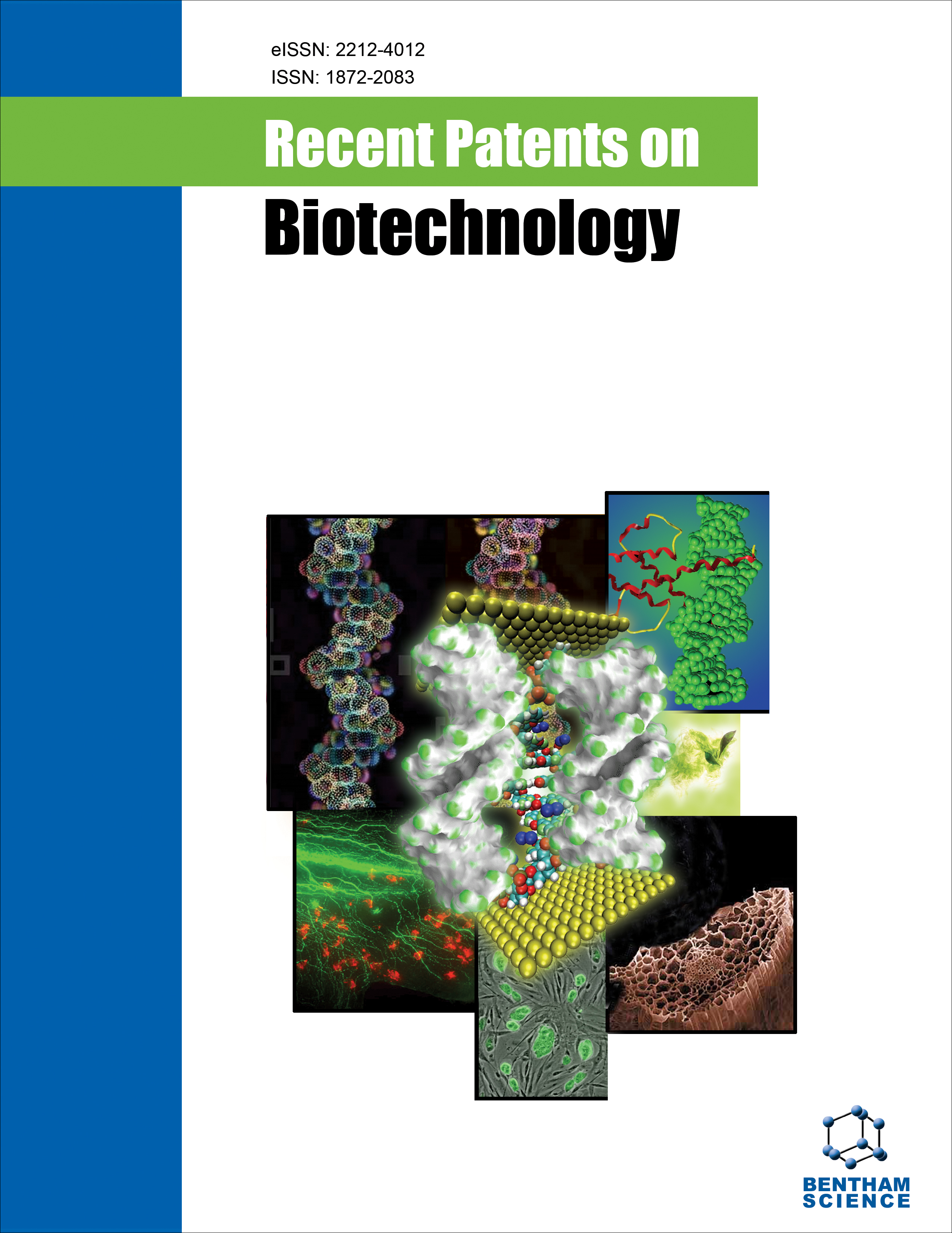
Full text loading...
We use cookies to track usage and preferences.I Understand
Antibiotics are considered “wonder drugs” due to the fact that they are the most extensively utilised medication in the world. They are used to cure a broad spectrum of diseases and lethal infections. A variety of bacteria and fungi produce antibiotics as a result of secondary metabolism; however, their production is dominated by a special class of bacteria, namely Actinobacteria. Actinobacteria are gram-positive bacteria with high G+C content and unparalleled antibiotic-producing ability. They produce numerous polyenes, tetracyclines, β-lactams, macrolides, and peptides. Actinobacteria are ubiquitous in nature and are isolated from various sources, such as marine and terrestrial endophytes of plants and air. They are studied for their relative antibiotic-producing ability along with the mechanism that the antibiotics follow to annihilate the pathogenic agents that include bacteria, fungi, protozoans, helminths, etc. Actinobacteria isolated from endophytes of medicinal plants have amassed significant attention as they interfere with the metabolism of medicinal plants and acquire enormous benefits from it in the form of conspicuous novel antibiotic-producing ability. Actinobacteria is not only an antibiotic but also a rich source of anticancer compounds that are widely used owing to its remarkable tumorigenic potential. Today, amongst Actinobacteria, class Streptomyces subjugates the area of antibiotic production, producing 70% of all known antibiotics. The uniqueness of bioactive Actinobacteria has turned the attention of scientists worldwide in order to explore its potentiality as effective “micronanofactories”. This study provides a brief overview of the production of antibiotics from Actinobacteria inhabiting patent environments and the methods involved in the screening of antibiotics.

Article metrics loading...

Full text loading...
References


Data & Media loading...

